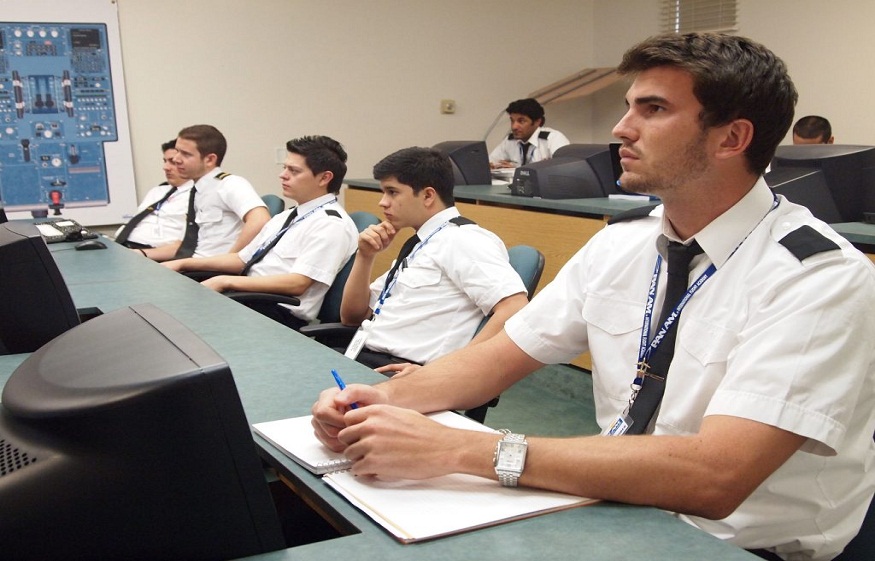Becoming an airline transport pilot (ATP) is a pilot’s professional peak. Pilots seeking captainship in commercial airlines operating under Part 121 of the Federal Aviation Regulations must have an ATP certificate. Completing the Airline Transport Pilot Certification Training Program is crucial to this qualification.
For pilots, earning ATP CTP is both a regulatory necessity and a significant professional achievement. After completing this program at ATP Flight School, pilots are prepared to take the FAA ATP knowledge test and manage the intricacies of airline operations. This article will explain why ATP CTP training is essential for prospective airline pilots who complete the program and earn their ATP certificate.
What is CTP training for ATP?
A specialized training program called the ATP Certification Training Program (ATP CTP) equips pilots to handle the demands of flying big, complicated aircraft in an airline setting. This course was introduced by the FAA in the wake of the 2010 Colgan Air tragedy and is mandatory for all pilots pursuing an ATP license with a multi-engine airplane (AMEL) rating.
The training for ATP CTP consists of:
- Advanced subjects like aerodynamics, adverse weather situations, high-altitude operations, and crew resource management (CRM) are covered in 30 hours of classroom instruction.
- A ten-hour simulator course in a full-flight Level C or D simulator that emphasizes multi-crew coordination, stall recovery, and practical emergency procedures.
Before taking the FAA ATP knowledge test, which is necessary to obtain the Airline Transport Pilot certificate, the ATP CTP must be completed. For any pilot hoping to progress to a captain position in an airline, this certificate is required.
Why Airline Pilots Need ATP CTP Training
Career Advancement Required
Pilots seeking captainship must complete the ATP CTP course. Without this course, you cannot take the FAA ATP knowledge test, a prerequisite for the ATP certificate. You must have the ATP CTP to fly as a pilot-in-command (PIC) for a Part 121 airline, regardless of your career goals.
Improves Safety and Skill
Pilots learn advanced skills for complicated airline conditions in the ATP CTP course. Flight safety requires training in high-altitude flight, upset recovery, and stall recovery. ATP CTP training provides confidence in emergency scenarios for airline operations, which are more difficult than general aviation flights.
High-Paying Captain Jobs
Top airline captain salaries are among the highest. The 2024 Major Airline Captain wages data shows that newly qualified captains can make considerable wages in their first year.
Pilots with ATP certification can earn well. Regional airlines and budget carriers provide competitive entry-level captain wages. To access these high-paying captain opportunities and achieve financial security and professional progress in aviation, use ATP CTP.
Pilot Qualification Demand Worldwide
The aviation industry is in need of ATP-certified captains due to a global pilot shortage. ATP-certified pilots are needed as airlines expand worldwide. Get ready to satisfy worldwide demand by completing the ATP CTP. Air travel demand is predicted to rise most in Asia-Pacific and the Middle East, according to industry predictions. Flydubai in the Middle East and major Asian airlines are aggressively recruiting 737 and A320 captains, many of whom have ATP certificates. This qualification opens domestic and international doors.
In Conclusion
Pilots who want to become airline captains must complete the ATP CTP. Your ATP certificate is legally required and gives you the advanced knowledge and skills to manage complicated aircraft operations. The ATP CTP opens opportunities to high-paying captain posts, with first-year earnings of $163,000 and $469,590 by year 12. The global demand for ATP-certified pilots is expanding, and gaining this certification prepares you for the many aviation sector opportunities.

